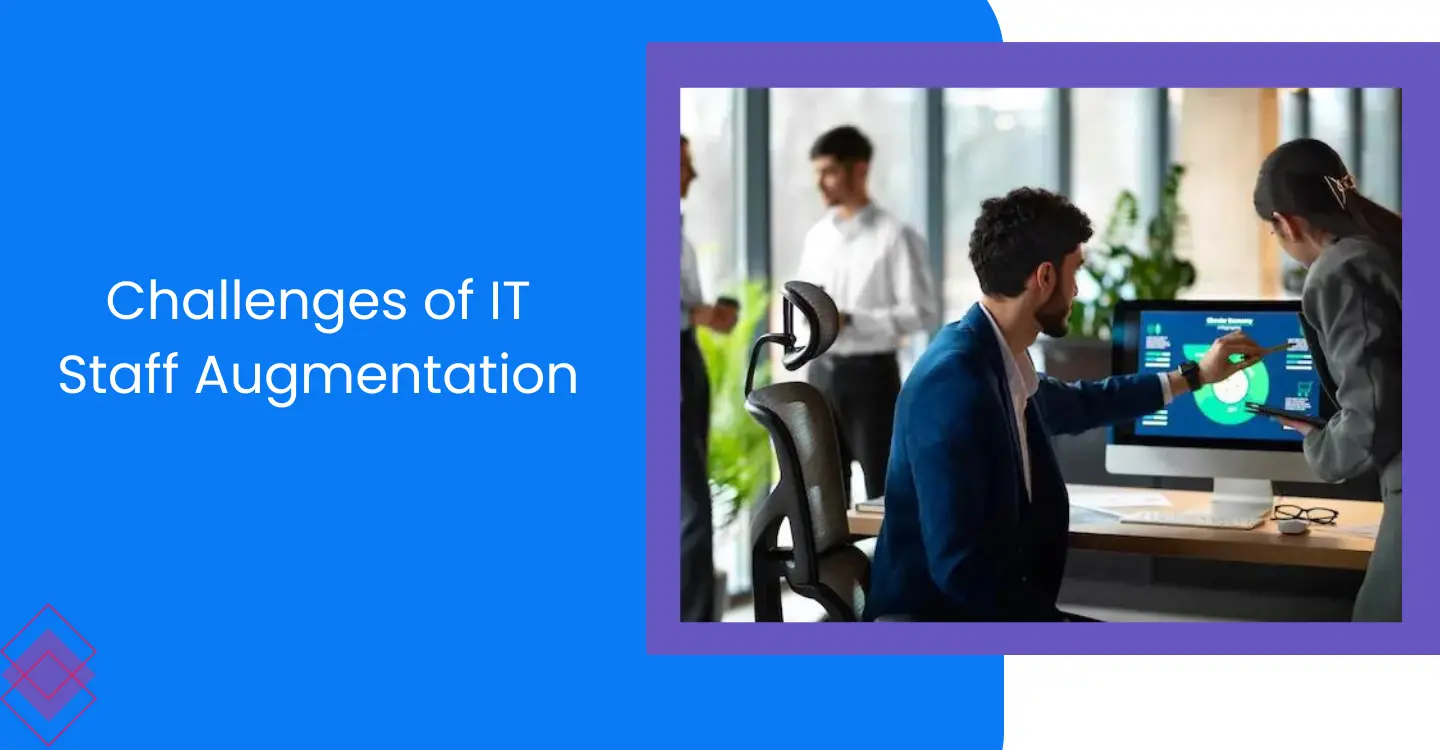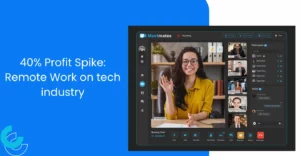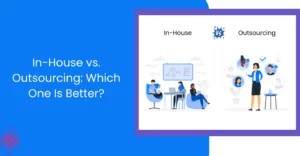One of the most pressing challenges faced by businesses today is the scarcity of skilled IT professionals. This issue is widespread in the contemporary corporate landscape. The rapid global expansion of enterprises has led to a heightened demand for information technology expertise. However, the surge in demand has resulted in a shortage of qualified software engineers. This scarcity poses a significant challenge for organizations seeking to acquire the necessary expertise.
To address this problem, many companies are now exploring outsourcing services as a viable solution. Collaborating with reputable IT staffing augmentation service providers enables companies to access a pool of well-trained resources, overcoming the hurdle of finding suitable personnel. This strategic partnership empowers organizations to successfully launch their offerings and achieve their objectives. As a result, companies can fulfill their goals and successfully introduce their products to the market.
Companies seeking to expand their technical capabilities but lacking the resources to hire and train new personnel often resort to team augmentation. However, this strategy is not without its distinct set of challenges that must be addressed.
Challenges and Solutions in IT Staff Augmentation
The most common issues related to IT staff augmentation, along with potential solutions, are as follows:
1. Locating the Best Candidates
Because of the high level of competition in the technology sector, many companies have difficulty recruiting qualified workers who also possess the requisite level of expertise and credentials. The strong demand for specific abilities, like software development, might make it difficult to attract and keep top people, which can make this difficulty even more difficult to overcome. If companies want to discover the talent they need, they may have to seek outside of their immediate region or consider employing people to work remotely. Utilizing the services of an employment firm that is focused on information technology is one option for overcoming this obstacle.
2. Team Integration Management
Managing the connection between augmented personnel and the existing team poses another challenge in IT staff augmentation. Ineffective integration of new team members can disrupt the functioning of the current team, leading to potential friction. Such disruptions may result in communication failures, a lack of confidence, and various challenges that can adversely impact team efficiency. Ensuring a seamless integration process is essential to mitigate these issues and foster a cohesive and productive working environment.
Creating open lines of communication between the existing team and additional staff members is a potential solution to the problem. This could entail conducting regular meetings, engaging in team-building activities, and ensuring a clear understanding of each individual’s assigned tasks and responsibilities.
3. Ensuring the Quality of the Job
When collaborating with international teams or relying on contractors, monitoring and supervising their work can pose challenges due to potential communication barriers. This difficulty in communication may lead to delays and a lower-than-expected quality of work, both of which can adversely impact the company’s reputation.
Implementing transparent performance criteria and assigning accountability to the expanded team for achieving these targets is one strategy to address the issue. This involves conducting regular performance evaluations and checks to ensure that tasks are progressing according to the plan. Furthermore, leveraging the various project management tools available can help monitor work progress and guarantee the timely completion of all deadlines.
4. Optimizing Team Efficiency through Consistent Knowledge Transmission
Inconsistent and irregular knowledge transmission has the potential to create confusion in the work environment, making it challenging for team members to operate effectively. When team members struggle to adhere to best practices for assigning responsibilities and communicating instructions, it can lead to missed deadlines and issues with product quality. A cohesive and reliable knowledge-sharing system is crucial for maintaining a smooth workflow and ensuring that team members can perform their roles effectively.
Investing in resources and solutions to simplify and expedite knowledge exchange, learning, and efficiency is crucial for successfully addressing the challenges posed by team augmentation. This involves leveraging technologies that offer visibility throughout the entire process, ensuring transparency, fostering user-friendly collaboration, and implementing a robust communication framework. Taking these steps is essential for achieving success and navigating the complexities associated with team augmentation.
5. Securing Remote Teams and Contractors: Mitigating Risks
Managing teams working remotely or engaging with contractors presents a unique set of challenges, particularly concerning their access to highly confidential information and systems, which may not match that of full-time employees. This disparity in access levels can potentially lead to compliance violations and security breaches, posing significant risks to the company’s reputation and exposing it to financial and legal penalties.
One viable solution to address this issue is the establishment of rigorous security standards and the implementation of thorough background investigations for additional workers. This involves scrutinizing an individual’s credentials, experience, and references. Additionally, conducting comprehensive background checks and obtaining necessary clearances are essential steps in mitigating the risks associated with remote work and contractor engagement. These measures not only safeguard sensitive information but also contribute to maintaining the company’s integrity and compliance with regulations.




